Walnut Street Bridge
Once decrepit and slated for demolition, now one of the longest pedestrian bridges in the world.
When the Walnut Street Bridge opened in 1891, it was the first non-military highway bridge to span the Tennessee River.
Originally built to accommodate automobiles and pedestrians alike, the “county bridge” — as it was simply known at the time — facilitated travel between the predominantly white city south of the river and the predominantly black “North Shore” north of the river. Many North Shore residents worked south of the river, making the Walnut Street Bridge a tangible manifestation of the economic life and development of Chattanooga.
The truss bridge is a particularly long and old example of bridges of that type, and is furthermore notable for the considerable height of the stone piers that elevate the roadway above the water. Beyond being significant from economic history and engineering perspectives, though, the Walnut Street Bridge is also noteworthy in terms of legal history and racial justice (or lack thereof). A black man named Alfred Blount was lynched on the bridge in 1893; another named Ed Johnson met the same fate 13 years later, in 1906. Both men were the targets of mob violence for “allegedly attacking a white woman.” Johnson’s murder initiated legal precedings that made it all the way to the U.S. Supreme Court, with the case (United States v. Shipp) being thus far the only criminal trial in Supreme Court history. There are as yet no plaques or other remembrances on the bridge memorializing either victim.
In 1978, the Walnut Street Bridge was closed to automobile traffic due to structural deficiencies and general deterioration. Sitting dormant and disused for nearly a decade, the city made plans in the 1980s to tear down the bridge but was ultimately unable to move forward as they lacked the funds to do so. This provided enough time for a community group to form with the express purpose of renewing and reopening the bridge. It was added to the National Register of Historic Places in 1990, and after extensive repairs and restoration work, was reopened as a pedestrian bridge in 1993.
With a span of 2,376 feet (724 meters), the Walnut Street Bridge is today one of the longest pedestrian bridges in the world and accommodates events such as marathons, music festivals, and a wine festival delightfully “Wine over Water.” Once a symbol of economic expansion, and then downtown decay, the Walnut Street Bridge is now a highly visible icon of the riverfront renaissance undertaken by Chattanooga over the past two decades.
Chattanooga had been referred to as the Pittsburg of the South — 60 Minutes even once called it the “Dirtiest City in America.” The economy and working class jobs boomed for many years, but a haze similar to the London Fog permanently set into what once was a gorgeous river valley surrounded by mountains. Those manufacturers are either long gone or environmentally conscious these days. Today, Chattanooga thrives. The citizens respect the surrounding nature, which offers some of the best hiking, kayaking, rafting, biking and sightseeing around.





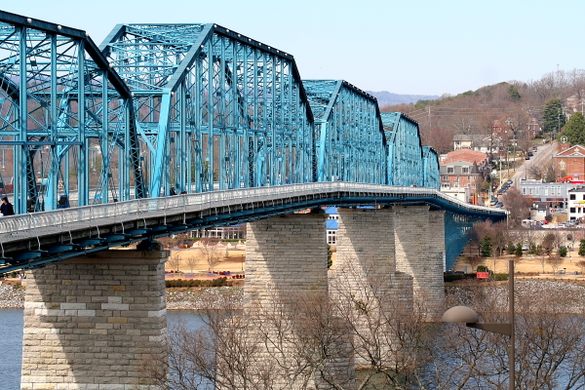


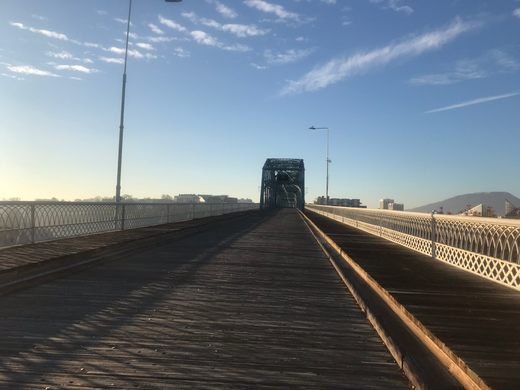




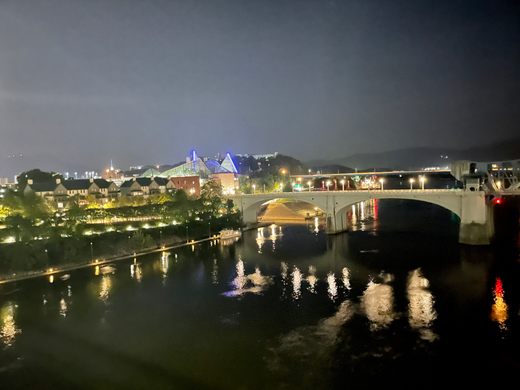
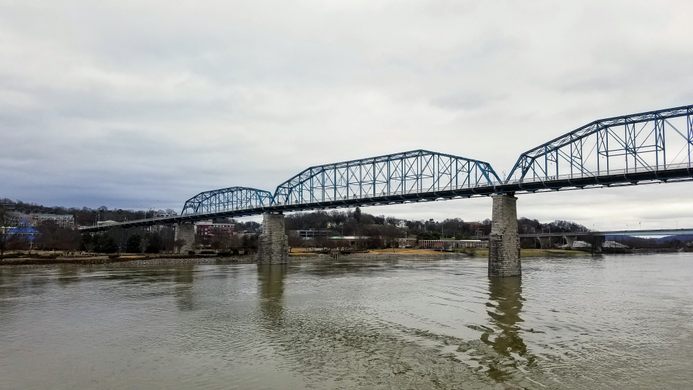
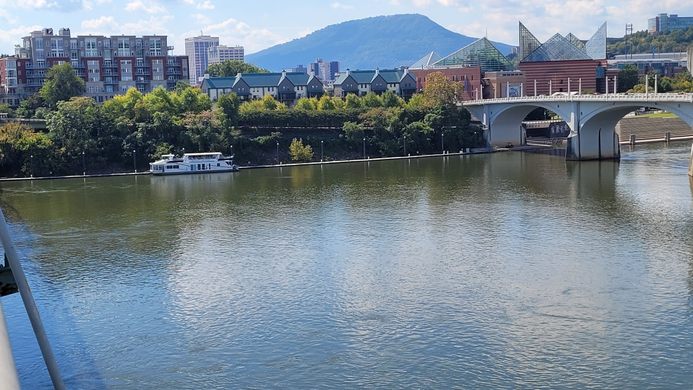
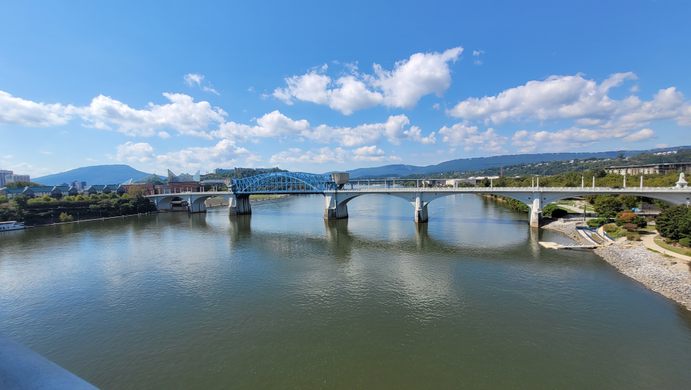
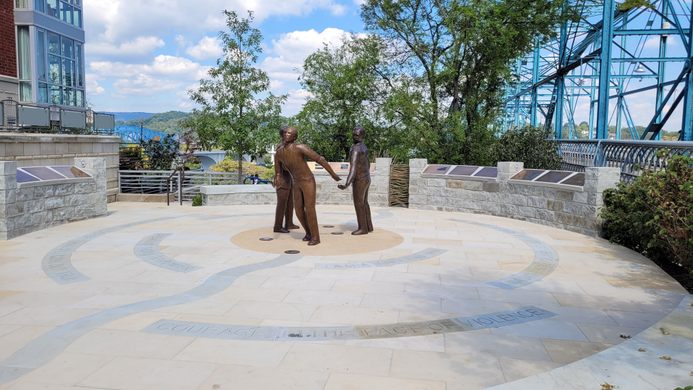
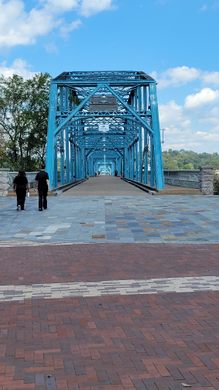















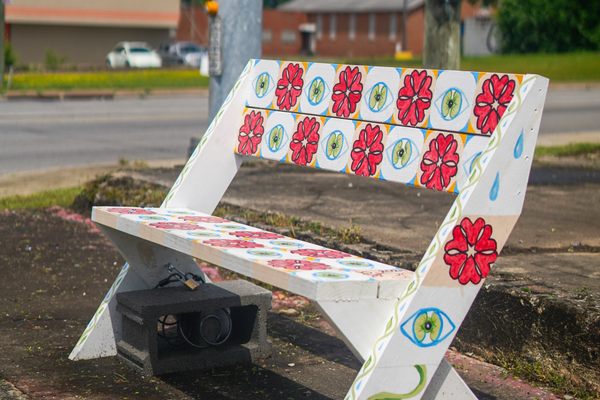




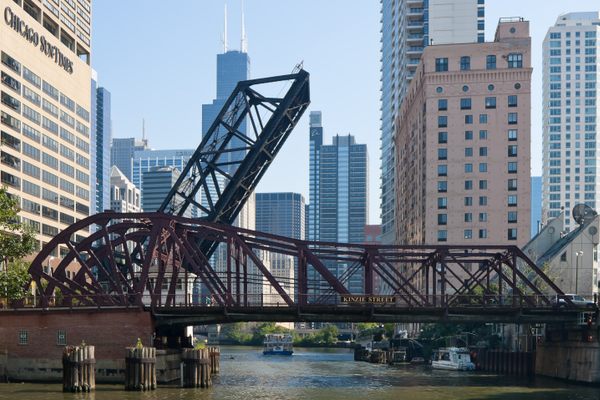

Follow us on Twitter to get the latest on the world's hidden wonders.
Like us on Facebook to get the latest on the world's hidden wonders.
Follow us on Twitter Like us on Facebook